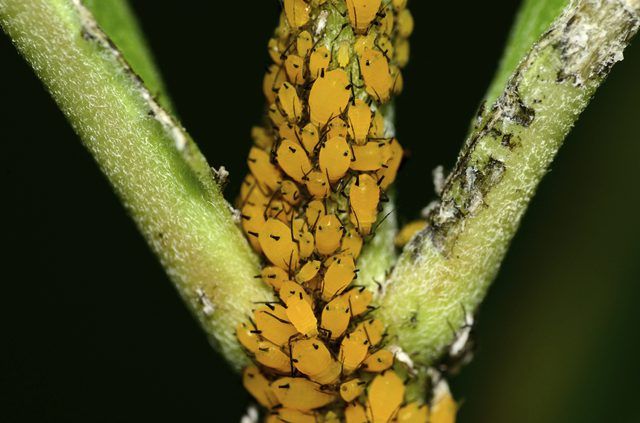Bulbs
Flower Basics
Flower Beds & Specialty Gardens
Flower Garden
Garden Furniture
Garden Gnomes
Garden Seeds
Garden Sheds
Garden Statues
Garden Tools & Supplies
Gardening Basics
Green & Organic
Groundcovers & Vines
Growing Annuals
Growing Basil
Growing Beans
Growing Berries
Growing Blueberries
Growing Cactus
Growing Corn
Growing Cotton
Growing Edibles
Growing Flowers
Growing Garlic
Growing Grapes
Growing Grass
Growing Herbs
Growing Jasmine
Growing Mint
Growing Mushrooms
Orchids
Growing Peanuts
Growing Perennials
Growing Plants
Growing Rosemary
Growing Roses
Growing Strawberries
Growing Sunflowers
Growing Thyme
Growing Tomatoes
Growing Tulips
Growing Vegetables
Herb Basics
Herb Garden
Indoor Growing
Landscaping Basics
Landscaping Patios
Landscaping Plants
Landscaping Shrubs
Landscaping Trees
Landscaping Walks & Pathways
Lawn Basics
Lawn Maintenance
Lawn Mowers
Lawn Ornaments
Lawn Planting
Lawn Tools
Outdoor Growing
Overall Landscape Planning
Pests, Weeds & Problems
Plant Basics
Rock Garden
Rose Garden
Shrubs
Soil
Specialty Gardens
Trees
Vegetable Garden
Yard Maintenance
How to Make Orange Oil Pesticide
Combine orange oil with liquid molasses and water for an effective, pleasant-smelling and organic alternative to chemical pesticides.
Peel an orange, and delight in the aroma wafting from the oil locked within the fresh peels. Orange oil has its own delightful surprise, at least for anyone with a garden full of bug-infested plants. Its major component is d-Limonene, a compound now approved by the Environmental Protection Agency as an organic pesticide. Homemade orange oil pesticide has all the potency of the store-bought varieties, at a fraction of the cost.
How Orange Oil Works
Orange oil does to insects the same thing it does to household grease: It dissolves the waxy, water-repellent covering that makes them impervious to many chemical pesticides. Once this layer of protection is gone, the oil suffocates bugs that don't die from fluid loss.

Tip
Orange oil works on contact, so spraying insect-infested plants thoroughly is essential, This is especially true for aphids and spider mites that feed in protected areas such as the undersides of leaves.
Things You'll Need
Waterproof gloves
Protective clothing, including long pants and a long-sleeved shirt
Respiratory mask
Safety goggles
Tablespoon measuring spoon or measuring cup
Clean 1-gallon container with cap or lid
Orange oil
Liquid molasses
Water
Funnel
Clean spray bottle large enough to treat the infested plants
Step 1
Set up the ingredients and equipment in a well-ventilated area.
Step 2
Put on the protective clothing, respiratory mask, safety goggles and waterproof gloves.
Step 3
Measure 4 tablespoons, or 1/4 cup, or orange oil and 2 tablespoons, or 1/8 cup, of liquid molasses into the 1-gallon container.
Step 4
Fill the container with water, seal it and shake it well to mix the ingredients.
Step 5
Funnel the quantity of pesticide you need into a clean spray bottle.
Warning
Wearing the protective clothing, gloves, goggles and mask protects you from potential skin, eye or nose an throat irritation while handling the orange oil. If you spill any oil on your clothes, wash them promptly.
To prevent possible burns and foliage damage, apply the orange oil mixture when daytime conditions are not sunny and cooler.
Tip
Liquid molasses acts as a buffering agent to stabilize the pesticide's pH and keep it from degrading.
For more information on making organic pesticides, see "How to Make an Organic Pepper Spray for Plants," and "How to Make Garlic Pesticide."